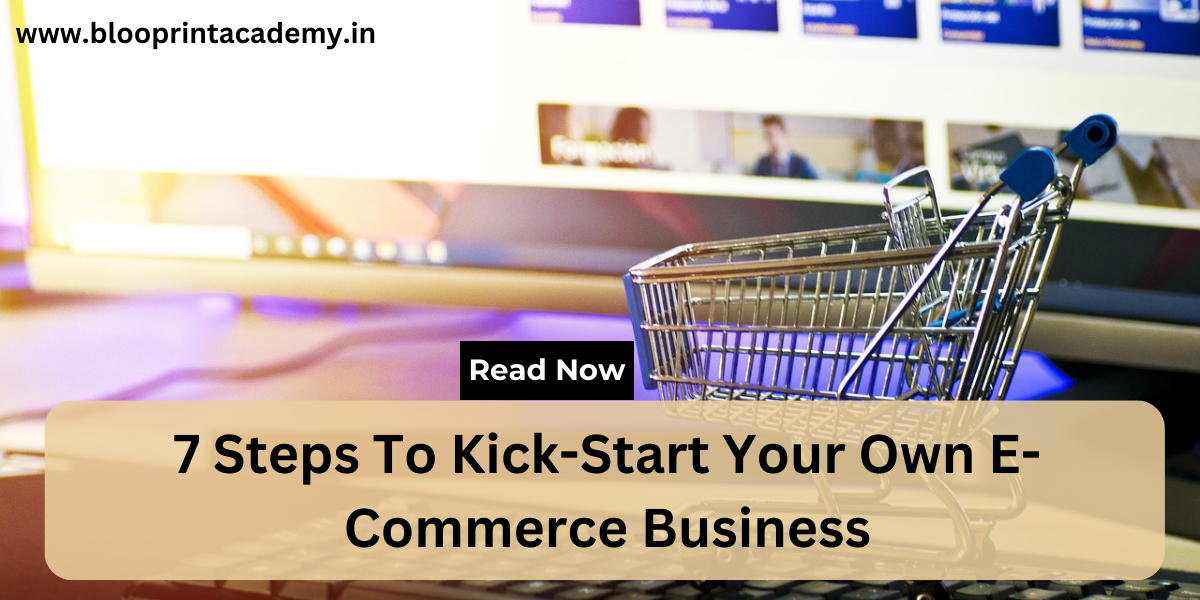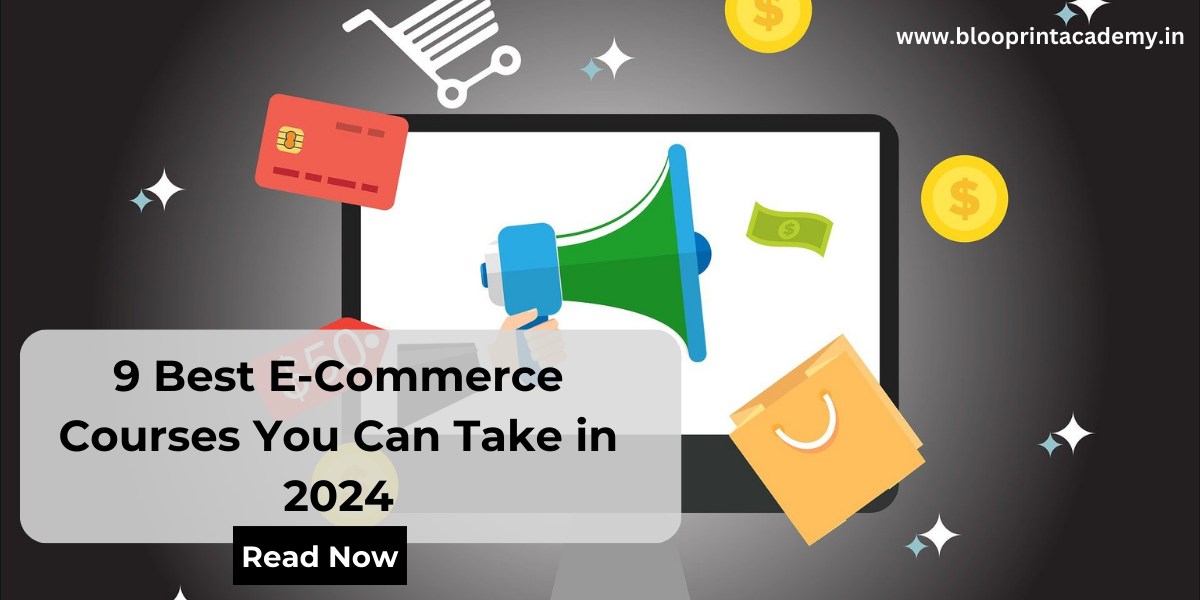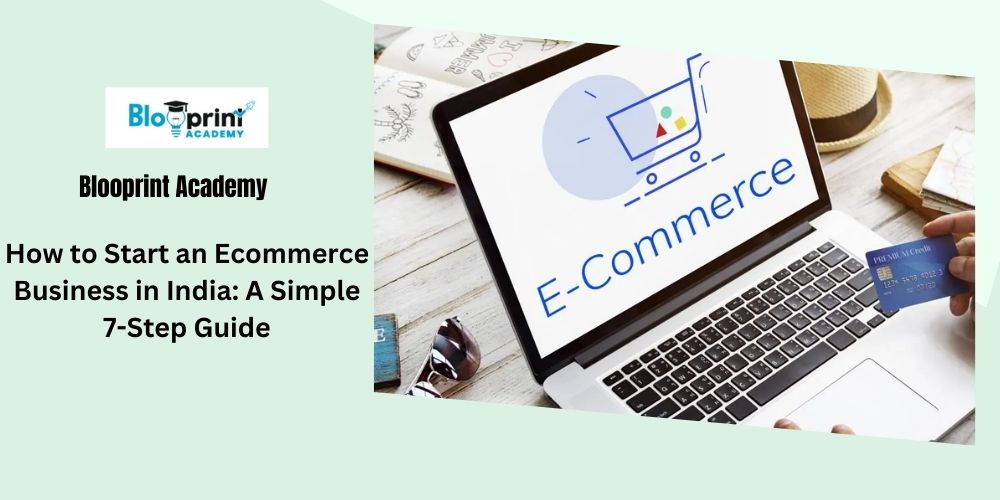
7 Steps To Kick-Start Your Own E-Commerce Business
In today's digital age, starting an ecommerce business has never been more accessible or lucrative. With the right approach, you can establish a successful online store that reaches customers worldwide. This guide will walk you through seven essential steps to kick-start your own e-commerce business, from conception to launch.
1. Conduct Market Research and Choose a Niche
Before diving into the world of e-commerce, it's crucial to conduct thorough market research. This process helps you understand the current market landscape, identify potential competitors, and recognize gaps or opportunities.
- Identify Your Target Audience: Understand who your potential customers are. Consider factors such as age, gender, location, interests, and purchasing behavior.
- Analyze Competitors: Look at what other businesses are doing in your chosen niche. Identify their strengths and weaknesses, and think about how you can differentiate your product or service.
- Find a Niche: A niche market is a segment of a larger market that has its own specific needs. By focusing on a niche, you can cater to a targeted audience, making your marketing efforts more effective.
Example: If you're passionate about fitness, instead of selling generic fitness products, you could focus on eco-friendly yoga equipment. This specificity helps you stand out in a crowded market.
Tip: Enhance your understanding of market research and niche selection by enrolling in some of the best e-commerce courses for beginners, Amazon Seller Training Course, & Ecommerce Internship Program. Blooprint Academy offers comprehensive programs such as the
2. Create a Business Plan
A solid business plan is the foundation of any successful venture. It serves as a roadmap for your business, outlining your goals, strategies, and the steps you need to take to achieve them.
- Executive Summary: Briefly describe your business, including your mission statement, products or services, and basic information about your leadership team.
- Market Analysis: Detail your market research findings, including target audience insights and competitor analysis.
- Marketing and Sales Strategy: Outline how you plan to attract and retain customers. This might include social media marketing, search engine optimization (SEO), and email campaigns.
- Operations Plan: Describe your operational workflow, from sourcing products to shipping them to customers.
- Financial Plan: Provide financial projections, including startup costs, revenue forecasts, and break-even analysis.
Tip: Use tools like SWOT analysis (Strengths, Weaknesses, Opportunities, Threats) to gain a comprehensive understanding of your business landscape.
Example: Improve your business planning skills through the Best Online E-Commerce Programs or an Ecommerce Business Course Online provided by industry leaders like Blooprint Academy.

3. Choose an E-Commerce Platform
Selecting the right e-commerce platform is critical to your business's success. The platform you choose will impact your store's functionality, design, and user experience.
- Shopify: Known for its user-friendly interface and extensive app marketplace. Ideal for beginners.
- WooCommerce: A WordPress plugin that offers great flexibility and customization options. Best for those familiar with WordPress.
- BigCommerce: Offers robust built-in features and scalability for growing businesses.
- Magento: A powerful, open-source platform suitable for larger businesses with development resources.
- Considerations: When choosing a platform, consider factors like ease of use, cost, customization options, and scalability.
Example: For deeper insights into choosing the right platform and maximizing its potential, consider taking an Online E-Commerce Course in India.
4. Set Up Your Online Store
Once you've chosen your e-commerce platform, it's time to set up your online store. This involves several key steps:
- Domain Name: Choose a domain name that is memorable, easy to spell, and reflective of your brand.
- Website Design: Create a visually appealing and user-friendly website. Many e-commerce platforms offer customizable templates to get you started.
- Product Listings: Write detailed and compelling product descriptions, and use high-quality images. Make sure to highlight key features and benefits.
- Payment Gateway: Integrate a secure payment gateway to process transactions. Popular options include PayPal, Stripe, and Square.
- Shipping Setup: Determine your shipping methods and policies. Consider offering free shipping to attract more customers.
Tip: Ensure your website is mobile-friendly, as a significant portion of online shopping is done on mobile devices.
5. Develop a Marketing Strategy
A robust marketing strategy is essential for driving traffic to your online store and converting visitors into customers.
- SEO: Optimize your website for search engines to improve your organic search rankings. This involves keyword research, on-page optimization, and building backlinks.
- Content Marketing: Create valuable content that resonates with your audience. This could include blog posts, videos, infographics, and social media posts.
- Social Media Marketing: Use platforms like Instagram, Facebook, and Pinterest to promote your products and engage with your audience.
- Email Marketing: Build an email list and send regular newsletters with updates, promotions, and valuable content.
- Paid Advertising: Consider investing in pay-per-click (PPC) advertising on platforms like Google Ads and social media to reach a larger audience quickly.
Example: If you're selling eco-friendly yoga equipment, you could create a blog with tips on sustainable living and yoga practices, driving traffic to your store.
Tip: For those seeking structured guidance on marketing, consider the Best Amazon Marketing Courses in India offered by Blooprint Academy.
6. Launch Your ECommerce Store
With your store set up and your marketing strategy in place, it's time to launch. A successful launch can generate buzz and attract initial customers.
- Soft Launch: Consider a soft launch to test your store with a smaller audience. This allows you to identify and fix any issues before a full-scale launch.
- Launch Promotion: Offer special promotions, discounts, or free shipping to entice customers to make their first purchase.
- Leverage Social Media: Use your social media channels to announce your launch and share behind-the-scenes content to build excitement.
- Press Release: Send out a press release to relevant media outlets to gain coverage and reach a broader audience.
Tip: Engage with your customers during the launch. Respond to comments and feedback promptly to build a positive relationship with your audience.
7. Analyze and Optimize
Launching your e-commerce store is just the beginning. Continuous analysis and optimization are crucial for long-term success.
- Monitor Analytics: Use tools like Google Analytics to track website traffic, user behavior, and sales performance. This data can provide valuable insights into what is working and what needs improvement.
- Customer Feedback: Encourage and collect customer feedback. This can help you understand their needs and preferences, allowing you to make necessary adjustments.
- A/B Testing: Test different elements of your website and marketing campaigns to see what performs best. This could include testing different headlines, images, or call-to-action buttons.
- Stay Updated: The e-commerce landscape is constantly evolving. Stay informed about industry trends and new technologies to keep your business competitive.
Example: If you notice a high cart abandonment rate, you could implement strategies such as retargeting ads, email reminders, or simplifying the checkout process to reduce friction.
Conclusion
Starting an e-commerce business requires careful planning, strategic execution, and continuous improvement. By following these seven steps, you can build a strong foundation for your online store and set yourself up for success. Remember, the key to a thriving e-commerce business lies in understanding your market, delivering value to your customers, and staying adaptable in a rapidly changing digital landscape.
Whether you're selling eco-friendly yoga equipment or handmade jewelry, the principles outlined in this guide will help you navigate the journey of starting and growing your e-commerce business. Good luck! And for further skill enhancement, consider enrolling in E Commerce Courses for Beginners or an Ecommerce Business Course Online to stay ahead in the game.



